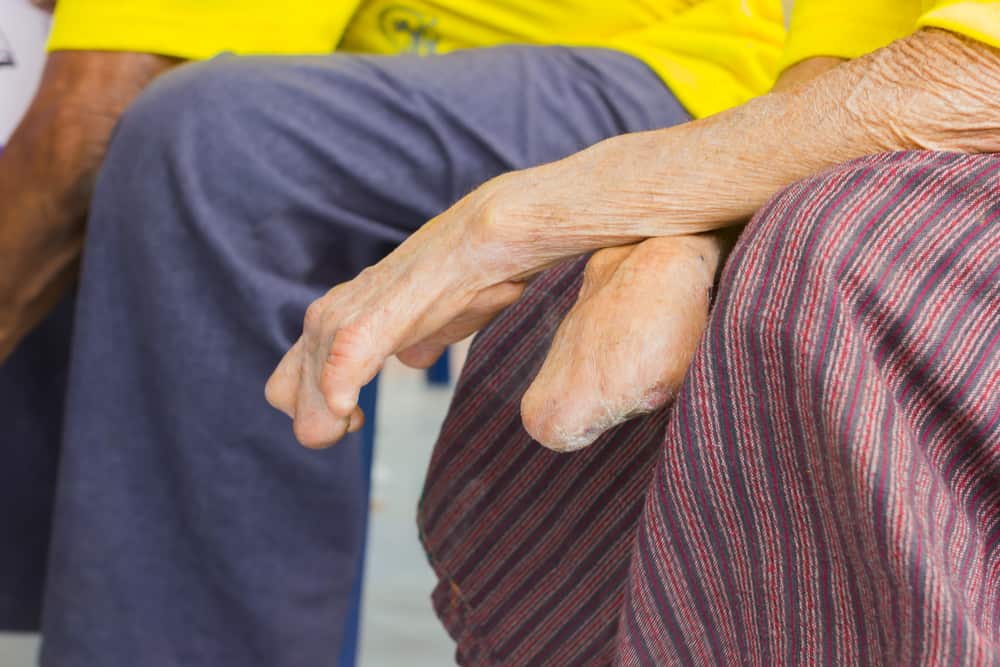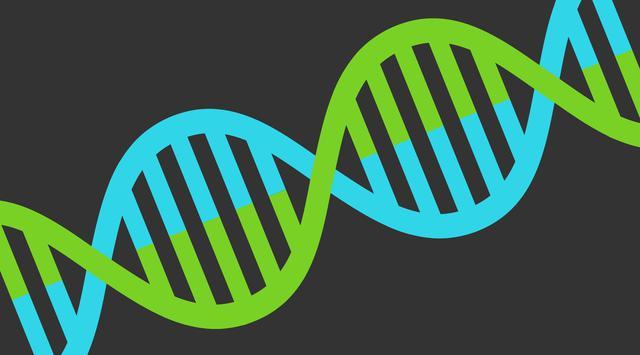Contents:
- Medical Video: Leprosy (Hansen’s Disease) – an overview
- How can leprosy occur?
- Bacteria enter the body
- Not only bacteria, the immune system also starts to increase
- The development of leprosy depends on how strong the body's immune cells are
- What happens if leprosy is not treated?
Medical Video: Leprosy (Hansen’s Disease) – an overview
Leprosy is a chronic contagious disease that can cause a person to experience disability. This disease is caused by bacteria that infect the body causing various symptoms from skin disorders to nervous disorders. Actually how can this leprosy occur?
How can leprosy occur?
Leprosy or what is known in medical language as leprosy is caused by bacteria Myobacterium leprae. These bacteria will be responded differently by each body, therefore several types of leprosy can be seen from the body's response to bacteria.
The bacteria that causes leprosy, usually survive in the mucus of someone's nose. If outdoors, these bacteria can survive up to 9 days. Until now, it is known that humans are the only medium of transmission from these leprosy bacteria. Bacteria will enter a person's body through his breathing. So, what are the stages of leprosy?
Bacteria enter the body
So, initially the bacteria will enter the nose and then the respiratory organs. From there, the bacteria directly move to the neural network and then enter the nerve cells. Because this bacterium likes a cold-temperature place, it will enter the peripheral nerve cells and skin nerve cells that have cooler temperatures, for example around the groin or scalp.
Furthermore, the bacteria make nerve cells as 'home' and eventually begin to multiply in them. The leprosy bacteria multiplies itself, it takes 12-14 days to become two. At this stage, there are usually no physical symptoms that appear.
Not only bacteria, the immune system also starts to increase
When many bacterial forces have started, of course the body's immune system does not remain silent. At that time, the white blood cells that become the body's main barrier forces also increase the amount in the body and prepare to do 'attack'.
Furthermore, when the body's immune system attacks the bacteria, physical symptoms arise in the body, such as the appearance of white patches on the skin. At this stage, symptoms such as a disturbing sensation in the skin have begun to appear. If this condition is not dealt with quickly, then the bacteria will cause various other disorders in the body.
The development of leprosy depends on how strong the body's immune cells are
This bacterium is automatically attacked by the body's immune cells. However, a person's immune system is different. When someone who has large and strong immune cells, the bacteria will not cause symptoms that are too severe and spread, but still cause damage to the skin tissue and cause numbness. This type of leprosy is called paucibacillary.
Meanwhile, for people with weak and not too many immune cells, the skin infections that occur will be quite a lot. Usually, this condition will cause skin infections, parts of the nerves, eyes, kidneys, muscles, and blood vessels.
What happens if leprosy is not treated?
Symptoms of numbness experienced by patients due to bacterial infections, if not handled properly it will make the organs or areas of the body become numb. When it is numb, the patient will not be easily injured as a result of sharp objects. Because it doesn't feel anything, even if it hurts, then this wound will be unknown or left alone. Over time, this wound causes a new infection which then if the infection is too severe, the body part must be immediately amputated so as not to affect other areas of the body.












